Mr. Struth, do you think we overcomplicate the act of looking at art?
That is most certainly the case. The point isn’t really to be able to describe or label a picture or photo with nice technical terms. I used to do the same thing when I toured the Louvre. We make it far too hard on ourselves: first picture, then the second one, and then the third – we walk the line we’re led down as we feel we’re supposed to. Then, by the time we finally reach a picture that truly shakes us to our core, we’re too exhausted to appreciate it.
What do you suggest instead?
I’m an advocate of being simple and straightforward enough to ask the question, “Hey, what do I actually like about this?” Instead of wanting to virtuously and laboriously appreciate everything.
When you take a photograph are you influenced strongly by your mood?
Oh yeah, I need to be in a picture mood. The objects I’m shooting have to attract me – they have to invite me to take more photos of them. If I’m not feeling it, I just stop. But to be honest, I’m also someone who likes to do nothing.
Does that come more with age?
Yeah, that’s how I experienced it for sure. That’s why I don’t allow myself to be run over by desires, plans, or stress.
One of your projects is called Unconscious Places and depicts street views from cities around the world. How do you choose these places?
I’m on site usually for around three weeks, during which time I travel daily by car, often on foot, and am always systematically curious. I call that “location scouting.” I take in the undertones of the surroundings, not necessarily around the famous buildings – it can be anywhere. I can walk around for hours in a certain place that fascinates me, scrap the idea, and head back.
Do you also take a camera with you in your leisure time?
Yes, of course. I like to take photos of my wife and our dog Gabbi, who’s a delightful little fellow. We’ve had him since October 2010…
Were you startled when you found out that your Dürer photo had sold for a half-a-million at auction?
No, you just think: now you’ve made it. Of course you’re happy to be playing in a certain league, just like it is with the best football players. On the other hand, however, it’s hard to wrap your mind around all of the auction records that are being broken now. I just heard that The Card Players, the painting by Cézanne, which isn’t even his best work, sold for 250 million dollars! It does kind of give you an odd feeling in these times of bank crises and poor political leadership. Even for me with all these records there exists a danger which is not to be underestimated: when you, as a photographer, have photos that you think are really something special, and they don’t do so well on the market – you feel misunderstood. That’s aggravating.
We’re living in a time when photos are being created at an incredible rate. Do you think we’ve forgotten how to look critically at a photograph because of that?
Yes, there is definitely an excess supply – I mean, I also snap pictures constantly with my cell phone. It’s my memory, my notebook for all motifs. But I wouldn’t say that this flood is leaving drowning masses in its wake. People have surfaced who contribute a great deal and have enhanced the art of taking photographs – both with intellectual and technical precision.
Such as?
People like an August Sander or a Walker Evans were a couple of decades ago. Thanks to them we can now hope to gain a better understanding and appreciation for pictures – but, as I said earlier, without the half-baked vocabulary.
How much substance does a photo need to have for you when you take it to Photoshop?
A lot. I’m not a fan of doctoring photos.
You shot the official jubilee portrait of the Queen and Prince Philip. How does something like that come about?
I had lunch with Paul Moorhouse, the curator of the National Portrait Gallery in London. He valued my work. Then he just called me up one day in my atelier and said, “Thomas, we want to commission a double portrait of the Queen with her husband prince Philip for her 60th coronation anniversary and we think you’re the best man for the job.” I thought, “Oh, this is surreal.” I was completely surprised. I really hadn’t envisioned anything like that.
Were you nervous?
There really was no reason to be nervous. It all turned out to be pretty easy.
There weren’t any special rules or strange conditions?
Nothing. But, I wasn’t allowed to meet their majesties before the session, so there was no possibility to warm up, so to speak. There was also no prep-time calculated because they really didn’t have much time. I was able to negotiate a 45-minute time window, which is actually enough. Despite that however, I still couldn’t be sure. Just in case the appointment with the British Queen turned out to be dull and everything felt forced in some way, I needed to have a wild card up my sleeve.
Which was?
I had a photo of our dog Gabbi. The queen is known to be quite the dog lover.
Return to Top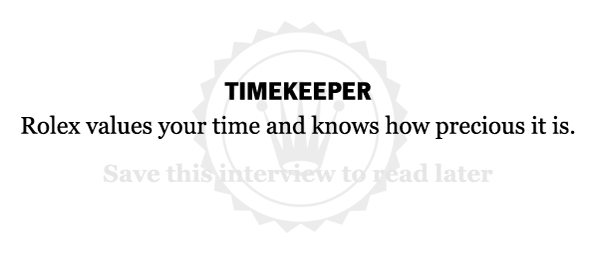
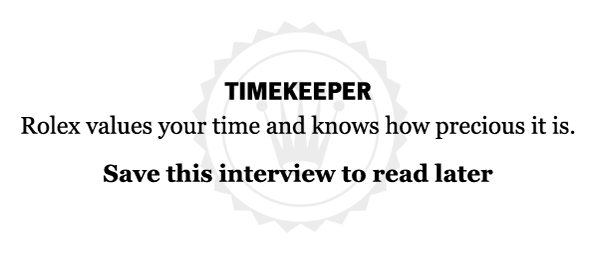
Short Profile
Name: Thomas Struth
DOB: 1954
Place of Birth: Geldern, North Rhine-Westphalia, West Germany
Occupation: Photographer
Recent Project: Unconscious Places (published by Schirmer/Mosel)
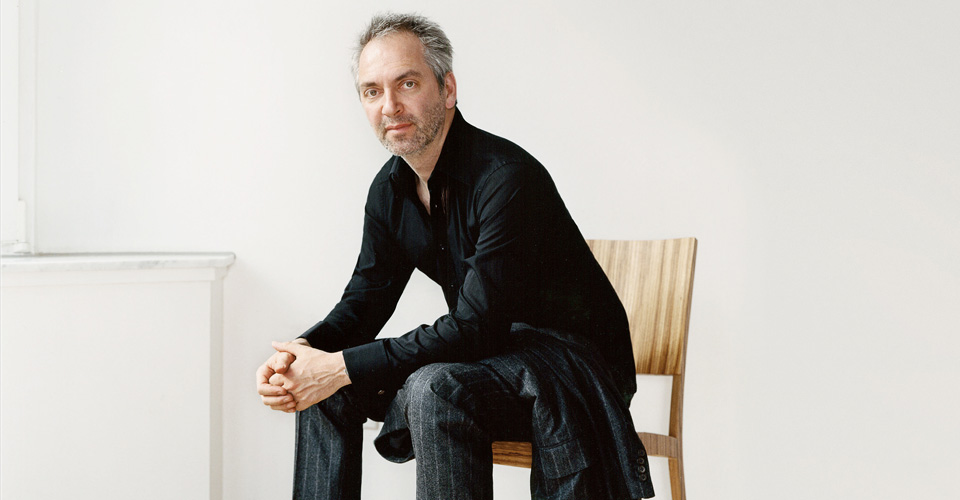
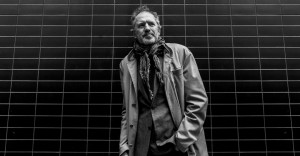
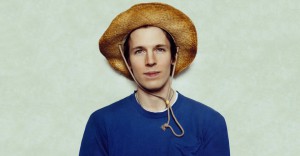
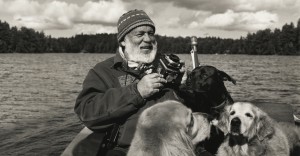

















Comments
write a comment, read comments